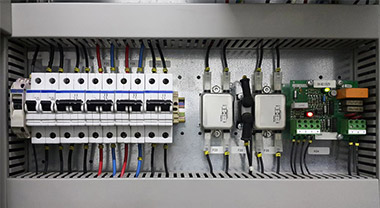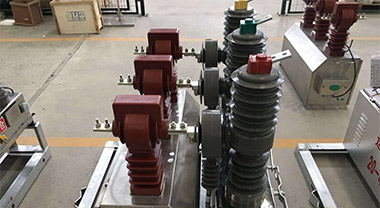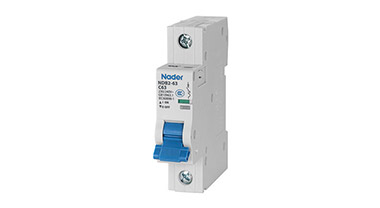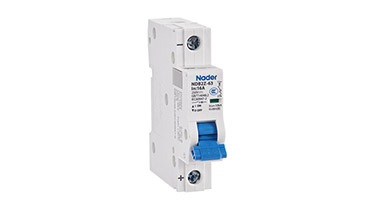What is a circuit breaker? Classification of circuit breakers
Low-voltage circuit breakers were once called automatic switching, which refers to the on-off operation and protection of distribution circuits, motors or other electrical equipment according to prescribed conditions, that is, automatic switching when there is an overload, short circuit or undervoltage in the circuit Switching appliances that break the circuit.
In layman's terms, a circuit breaker is a protection switch that can automatically cut off a faulty circuit. It can be used to connect and disconnect the normal load current, the working current and the overload current of the motor, and it can also be used to connect and disconnect the short-circuit current. Under normal circumstances, it can also be used to turn on and off circuits infrequently and to control the start and stop of motors.
The circuit breaker has the advantages of adjustable action value, both overload and protection functions, convenient installation, strong breaking capacity and no need to replace components after action, so it is widely used.
There are many types of circuit breakers, which can be classified in various ways such as use category, structure, operation mode, number of poles, installation mode, arc extinguishing medium, and purpose.
(1) According to the use category, there are non-selective type (A type) and selective type (B type). Among them, in the case of a short circuit, a type A circuit breaker is not clearly used as the selective protection of another short-circuit protection device connected in series on the load side. There is no human-made short time delay, so there is no requirement for rated short-time withstand current; In the case of a short circuit, the device is clearly used as the selective protection of another short-circuit protection device connected in series on the load side, that is, a short time delay (adjustable) that is man-made, and the delay time is not less than 0.05s, so there is a rated short When withstand current requirements.
(2) According to the structure, there are universal type (formerly called frame type) and plastic shell type (formerly called device type).
(3) According to the operation mode, there are manual operation (manual) and non-human operation (electric, energy storage), etc.
(4) According to the number of poles, there are single pole, two pole, three pole and four pole.
(5) According to the installation method, there are fixed type, plug-in type and drawer type.
(6) According to the arc extinguishing medium, there are air type and vacuum type. At present, domestic circuit breakers are mostly air type.
(7) According to the arc extinguishing technology used, there are two types: arc extinguishing type and current limiting type. Among them, the zero-point arc extinguishing type can extinguish the arc drawn by the contact when the alternating current naturally crosses zero; the current-limiting type can limit the peak expected short-circuit current to a smaller cut-off current.
(8) According to the purpose, it is divided into power distribution, motor protection, household and similar places, residual current (leakage) protection, and special purpose.




